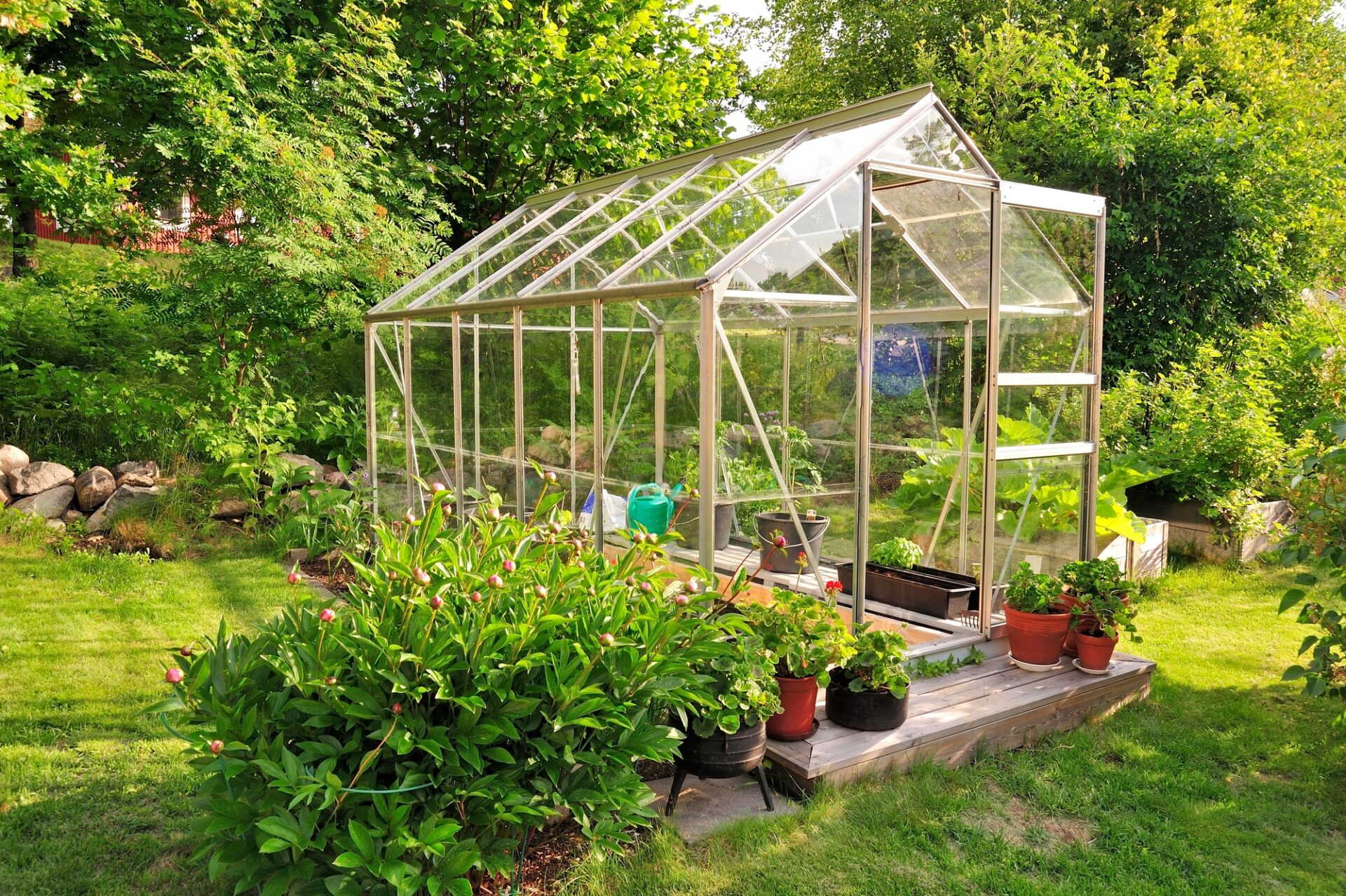Greenhouse gardening is a popular hobby, especially among those who like to eat organic foods. In a greenhouse, fruits, vegetables, herbs, flowers, and tobacco plants can be grown year-round.
Growing vegetables or flowers in a greenhouse protects them against pests and diseases. But there is much more to greenhouse gardening than just building a shed and planting plants inside.
Starting and maintaining a greenhouse can be challenging. As a beginner, you may be doing things you’re not supposed to do, which can be frustrating if you don’t get the expected results.
But you don’t need to fret. Here’s a great planting guide and tips on what you should and shouldn’t do concerning greenhouse gardening. So, keep reading.
Table of Contents
Dos Of Greenhouse Gardening
Do Plan Out Your Greenhouse Well
Planning your greenhouse garden, from its construction to the different plants you want to put in it, is essential.
The plants you can put inside your greenhouse may depend on the design and construction of your greenhouse.
Certain plants can grow tall, so the height of your greenhouse should be enough to accommodate them. You should also have a spot for vines to grow if you plan on having them.
Moreover, you need to consider the placement of different plants inside the greenhouse so that it doesn’t hinder their growth. For example, growing big plants alongside small ones can be complicated. You may have to grow them in different locations or at various times to avoid shadowing the smaller ones.
A common mistake in greenhouse gardening is being overly ambitious and attempting to start everything early or assuming that everything benefits from a warmer environment. Experiments may be exciting, but careful gardening with proper planning can make you a pro.
Do Maintain Proper Ventilation
Surprisingly, only a few people know the dangers of too much humidity and how it affects plants. That’s why it’s vital to have proper ventilation in a greenhouse.
Here are the ways good ventilation can help maintain an optimal growing environment:
- Improves air circulation and replenishes carbon dioxide
- Helps regulate the temperature
- Promotes photosynthesis
- Helps prevent pest infestations
- Encourages pollination
You may use roof or side wall vents or openings for passive ventilation. On the other hand, you can achieve active ventilation using fans. Proper vents and fans for your greenhouse can help your plants grow well.

tomato and cucumber seedlings growing in the soil at greenhouse
Do Position Your Greenhouse In A Sunny Spot
The sunniest location must be chosen when constructing a greenhouse. If you live in the United States, your greenhouse should face toward the south. But if you live in Australia or New Zealand, it should face north to allow your greenhouse to get the most sunlight.
Plants need sunlight, but if there’s too much of it, you may use shade cloths and add artificial cooling to the greenhouse.
However, there’s little you can do about the lack of sunlight, and heating can be expensive. So, for your plants to receive daily direct sunshine, ensure your greenhouse is in a sunny spot.
Don’ts Of Greenhouse Gardening
Don’t Neglect To Control The Temperature
Neglecting to check the greenhouse temperature regularly is one of gardeners’ most common errors. In the summer, greenhouses should maintain a temperature of 75 to 85° Fahrenheit during the day and 60 to 76° Fahrenheit at night. During the winter, the ideal temperature is 45° at night and 65 to 70° during the day.
Radiant heating, shade cloths, and ventilation are the best methods for regulating temperature. Consider investing in a digital thermometer that measures relative humidity, which is crucial to monitor to avoid heat damage.
Don’t Put The Greenhouse Directly On The Ground
It’s advisable to put a base for your greenhouse as it helps even out the surface. A base also enables you to build a more robust and stable framework.
Popular base materials include concrete, timber, brick, and stones. Make sure to use a suitable base material according to your greenhouse type. If it’s too difficult to assess and decide which one is best, you can always seek the advice of greenhouse gardening experts.
Don’t Grow The Wrong Plants
Not all plants are the same. So, it’s vital to check the appropriate plant temperature range and make the most of your garden’s space by extending the growing season.
This entails growing veggies in the winter and using your greenhouse to start seedlings in the spring when the weather is warmer. You can transplant san marzano tomatoes and other heat-loving vegetables when the weather is hot.
Takeaway
Greenhouse gardening is more challenging than regular gardening, but with its challenges comes a great sense of fulfillment after seeing the plants blossom.
With the tips above, you can start your blossoming greenhouse gardening journey and guarantee that your greenhouse investment is worthwhile in terms of the effort, time, and money you put into it.





